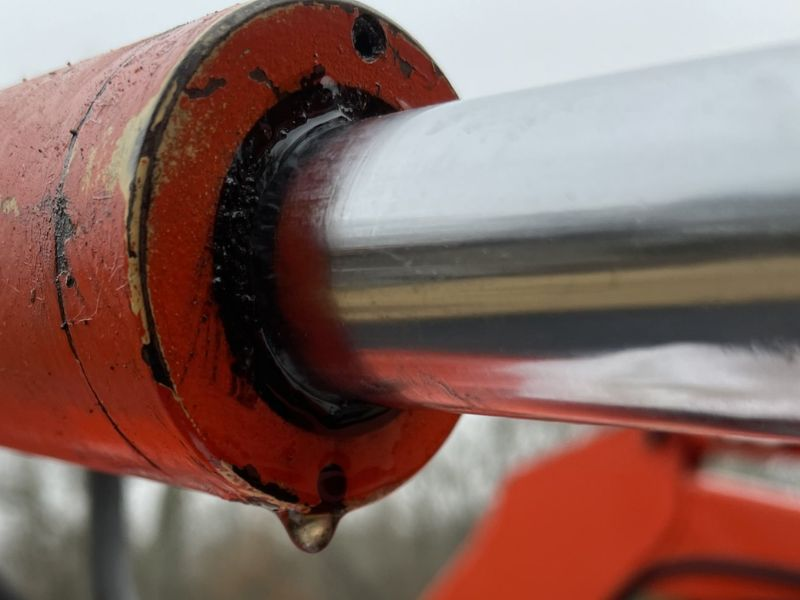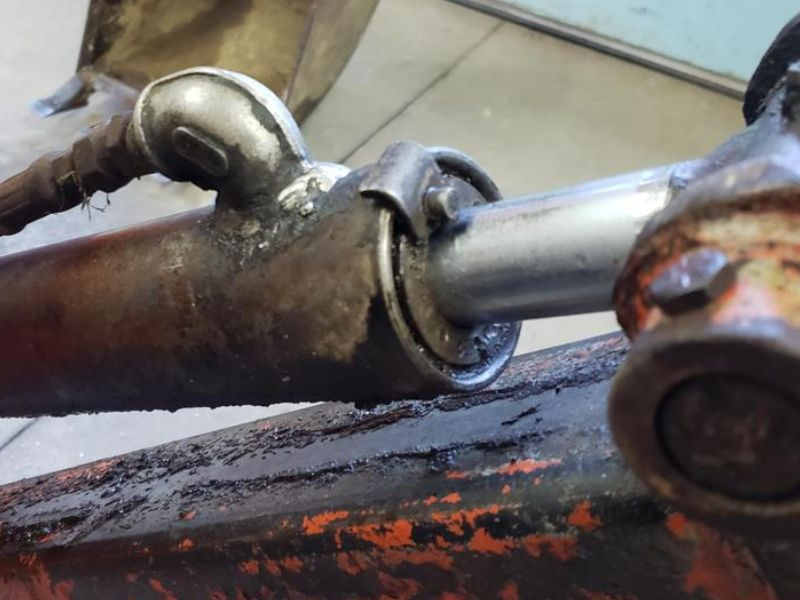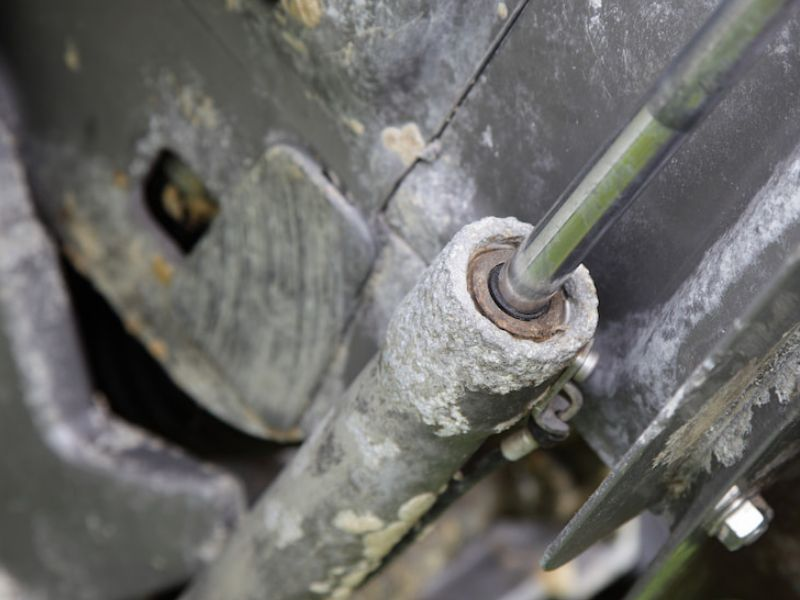Hydraulic cylinders play a vital role in many sectors, including construction, manufacturing, agriculture, and aerospace. As a fundamental part of machinery, they provide the necessary force for various operations through the power of pressurized fluids. However, they are also susceptible to failure, which can cause significant operational disruptions and pose safety risks. Understanding the causes and signs of hydraulic cylinder failure is crucial for timely maintenance and prevention. This article will examine the common causes of hydraulic cylinder failures and the extensive impact such failures can have on industry operations and worker safety.

The integrity of the seals in hydraulic cylinders is crucial for their proper functioning. Over time, these seals can degrade due to wear, exposure to extreme temperatures, or contact with corrosive or incompatible fluids. When a seal fails, it can result in a leak, causing a significant drop in system pressure. This loss of pressure leads to inefficiency and reduced performance of the hydraulic cylinder, which can negatively impact the overall operation of the machine.
The condition of the hydraulic fluid plays a vital role in the operation of hydraulic cylinders. Contaminated fluid, which may contain water, air, or particulate matter, can cause a variety of issues. Such contamination can lead to internal corrosion, increased wear on components, and a decrease in the efficiency and responsiveness of the cylinder. Maintaining clean hydraulic fluid and regularly changing it according to maintenance schedules is essential to prevent these problems.
Regular use of hydraulic cylinders inevitably causes wear and tear to their components, including critical parts such as the cylinder barrel, piston, and rod. As these components deteriorate, they may cause leakage and misalignment, thereby compromising the cylinder's functionality. This wear and tear can be exacerbated by factors like overloading the cylinder beyond its capacity or operating it under harsh conditions.
The working environment can significantly affect the lifespan of a hydraulic cylinder. Exposure to corrosive substances, extreme temperatures, or harsh weather conditions can accelerate corrosion and weaken both the cylinder and its components. This is especially common in industries where equipment is frequently exposed to severe outdoor conditions or corrosive materials.
The installation and usage of a hydraulic cylinder are critical to its longevity. Incorrect installation can cause misalignment, resulting in uneven wear and tear, which strains the system and leads to premature failure. Similarly, operating a cylinder beyond its rated pressure or using it for applications it was not designed for can also cause rapid deterioration and failure.
In summary, the lifespan and efficiency of hydraulic cylinders are heavily influenced by factors such as seal integrity, fluid cleanliness, mechanical wear and tear, environmental conditions, and proper installation and usage. By understanding these factors, appropriate measures can be taken to mitigate risks, ensuring the smooth and efficient operation of machinery equipped with hydraulic cylinders.

First, the warning signs of hydraulic cylinder failure typically appear in several ways. Leaks are a common symptom, indicating worn or damaged seals. This is similar to the sound of dripping water and should not be overlooked. Another sign is a noticeable decrease in the power or efficiency of the machine. If the machine starts to feel sluggish or unresponsive, it’s time to take a closer look. Unusual noises, such as banging or tapping, also indicate an internal problem.
But how can we catch these issues early? Regular inspections are your first line of defense. It involves adopting a proactive approach—regularly checking for leaks, examining the cylinder rods for signs of wear or corrosion, and ensuring that the fluid is clean and at the correct level. These simple steps can make the difference between a minor fix and a major overhaul.
Now, let's discuss the tools and techniques for diagnosing hydraulic cylinder issues. A range of diagnostic tools is available to help identify problems. For example, pressure gauges can detect changes in system pressure, which is a key indicator of underlying issues. Laser alignment tools ensure the proper alignment of the cylinder and its components, as misalignment can lead to premature wear. For a more advanced approach, ultrasonic testing can reveal internal flaws or cracks that are not visible to the naked eye.
Effectively using these methods and tools requires a certain level of expertise. However, investing in understanding and utilizing them can significantly pay off in the long term by ensuring your hydraulic systems run smoothly and efficiently.
In summary, being vigilant about the signs of hydraulic cylinder failure, committing to regular inspections, and employing the right diagnostic tools are crucial steps in maintaining the health of your hydraulic systems. These practices not only extend the life of your machinery but also protect your operations from unexpected interruptions and failures.
Implementing a strategic approach to prevent hydraulic cylinder failure involves several key practices. Regularly scheduled inspections are essential for the early detection of potential issues. During these inspections, it is important to check for any signs of wear, seal integrity, and the quality of the hydraulic fluid.
Establishing and adhering to a maintenance schedule is critical. This schedule should include periodic checks of hydraulic pressure, fluid levels and quality, seal examination, and an assessment of the cylinder’s physical condition. Proactively replacing parts that show signs of wear should be part of the routine.
The importance of using quality replacement parts and the proper hydraulic fluid cannot be overstated. High-quality parts ensure longevity and reliability, reducing the likelihood of premature failure. Similarly, using the hydraulic fluid recommended by the manufacturer is critical for the smooth operation and extended life of the hydraulic cylinder.
The integration of advanced technologies, such as predictive analytics and the Internet of Things (IoT), into maintenance practices can significantly enhance the efficiency of routine maintenance. These technologies enable real-time monitoring of hydraulic cylinders, offering predictive insights into potential failures. This allows for proactive measures to be taken, thereby preventing costly downtime.

Firstly, the decision to repair or replace a hydraulic cylinder depends on several key factors. The age and overall condition of the cylinder are crucial. If the cylinder is relatively new and the damage is minor, repairing it is usually the more economical option. However, if the cylinder is old and has undergone multiple repairs, or if the damage is extensive, replacement might be the more cost-effective and reliable choice.
A cost-benefit analysis is essential in this decision-making process. While repairing a cylinder may seem cheaper initially, the long-term costs, including frequent repairs and downtime, must also be considered. On the other hand, replacing a cylinder requires a larger upfront investment but can offer greater reliability and efficiency, potentially reducing future downtime and repair costs.
In practice, deciding whether to repair or replace a hydraulic cylinder is not always straightforward. It involves carefully evaluating the condition of the cylinder, conducting a thorough cost-benefit analysis, and understanding the latest repair techniques. By considering these factors, you can make an informed decision that ensures your machine operates efficiently and aligns with your financial goals.
In conclusion, the failure of hydraulic cylinders can significantly affect a broad spectrum of industries. However, by comprehending the root causes and early indicators, these risks can be substantially mitigated. Regular upkeep, employing high-quality parts and lubricants, and integrating advanced technologies into maintenance procedures are fundamental to preventing such failures. It is imperative for professionals to remain well-informed and take a proactive approach in the care of hydraulic cylinders. Being vigilant and reacting promptly are essential. We urge our readers to give priority to routine maintenance and safety protocols, ensuring both the extended lifespan and peak performance of their hydraulic machinery.